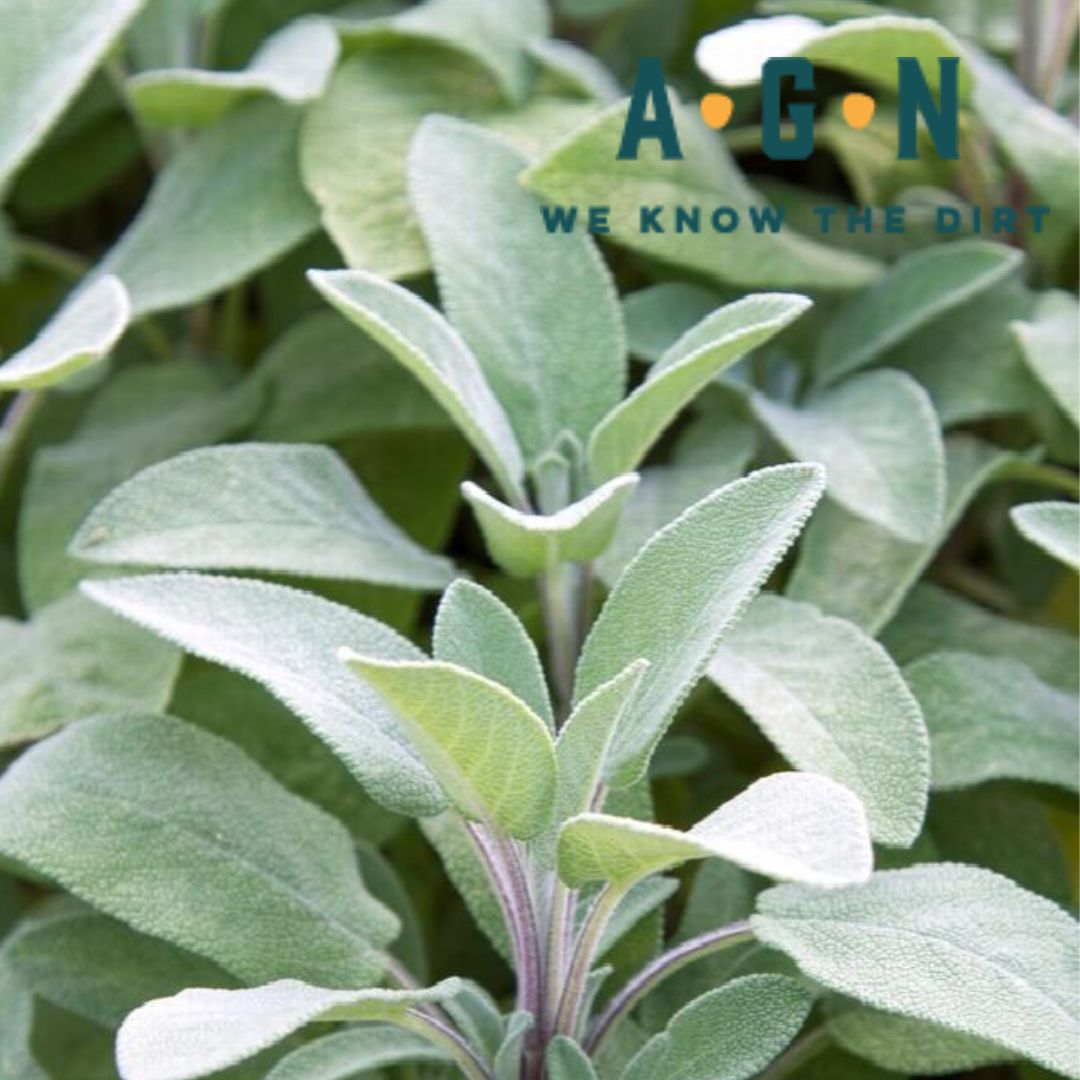





Berggarten Sage, a cultivar of Salvia officinalis, is known for its attractive, broad, velvety gray-green leaves, making it a popular choice for both culinary and ornamental purposes. This aromatic herb belongs to the Lamiaceae family and is native to the Mediterranean region.
To ensure thriving growth, Berggarten Sage requires well-draining soil and prefers full sun exposure, though it can tolerate partial shade. Moderate watering during the growing season is recommended, allowing the soil to dry between waterings to prevent root rot. Fertilize the plant once or twice a year with balanced fertilizer to promote healthy growth.
At maturity, Berggarten Sage typically reaches a height of 18 to 24 inches (45 to 60 cm) and spreads to about 24 to 36 inches (60 to 90 cm) in width. This sage cultivar is considered hardy in USDA Zones 5 to 9. Its compact, mounding growth habit makes it an excellent choice for borders, containers, or herb gardens.
Berggarten Sage, like other Salvia officinalis varieties, contains essential oils that can be toxic if consumed in large quantities. While small amounts of sage used in cooking are generally safe, excessive consumption should be avoided. In some cases, sage can cause mild digestive discomfort. As for pets, sage is not considered safe for cats and dogs if ingested in significant amounts. It's best to keep Berggarten Sage out of reach from curious pets to prevent potential health issues.
Plant size and shape may differ from what is pictured.
For mail orders: Plants may go through shock during shipping. Upon arrival, take the plant out and water it thoroughly. If you are not satisfied with your purchase, please notify us via email at sales@amgardens.com and include a photo(s) within 24 hours of plant arrival.
For in store purchases: If you are not satisfied with your purchase, please call us at 423-870-5000 or return the plant in its original pot/condition within 3 days. Trees and shrubs have a 1 year warranty (exceptions may apply), but we highly encourage you to give us a call or email if you notice issues with your plant. We'd love to help you figure out what's wrong and save your plant!
Orders are shipped on Wednesdays and Thursdays; if your order is placed on a Wednesday, it may not ship until the following Wednesday. During peak season there may be delays in shipping. If it is too hot or cold, we suggest ordering during milder months to ensure plants arrive in best condition.